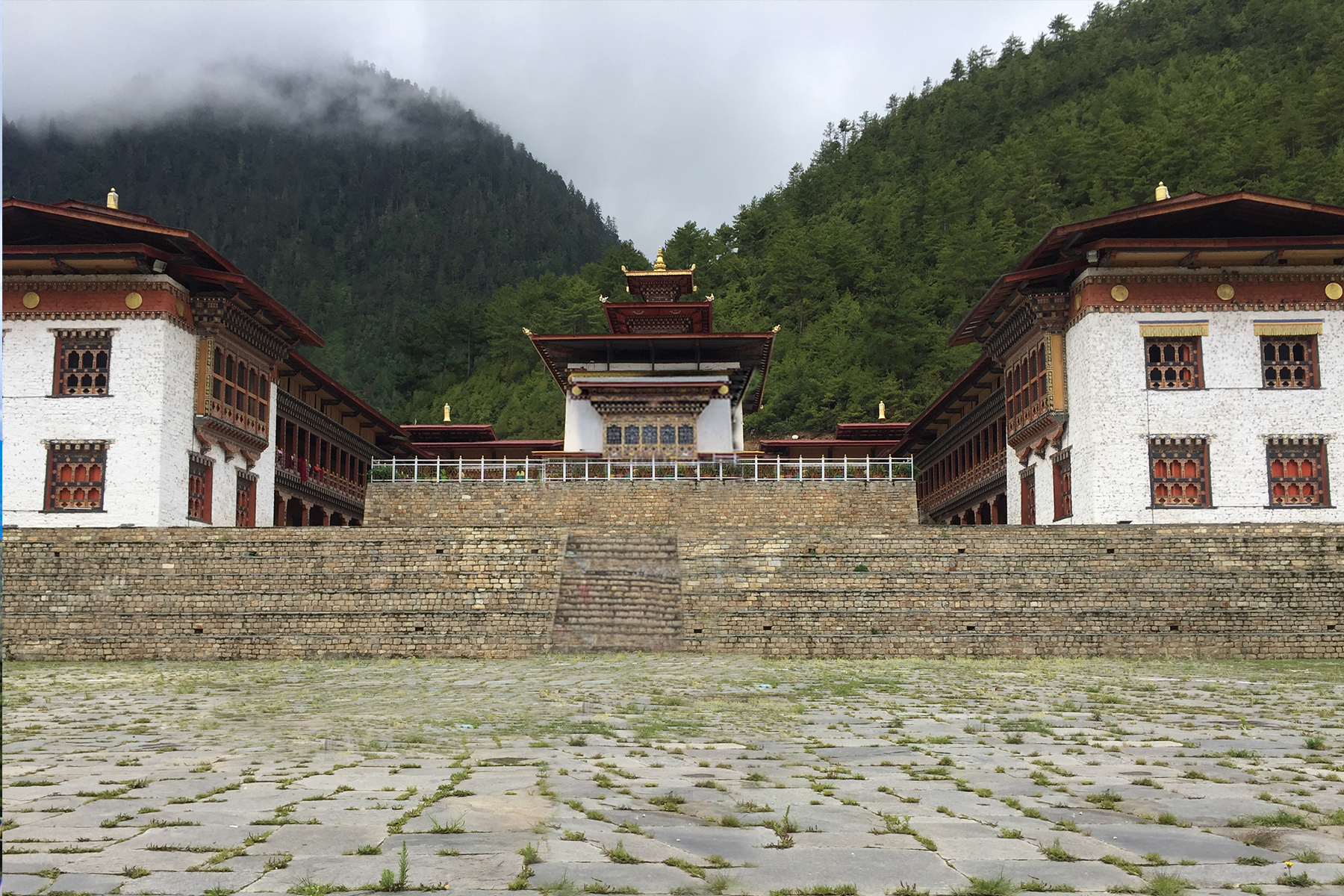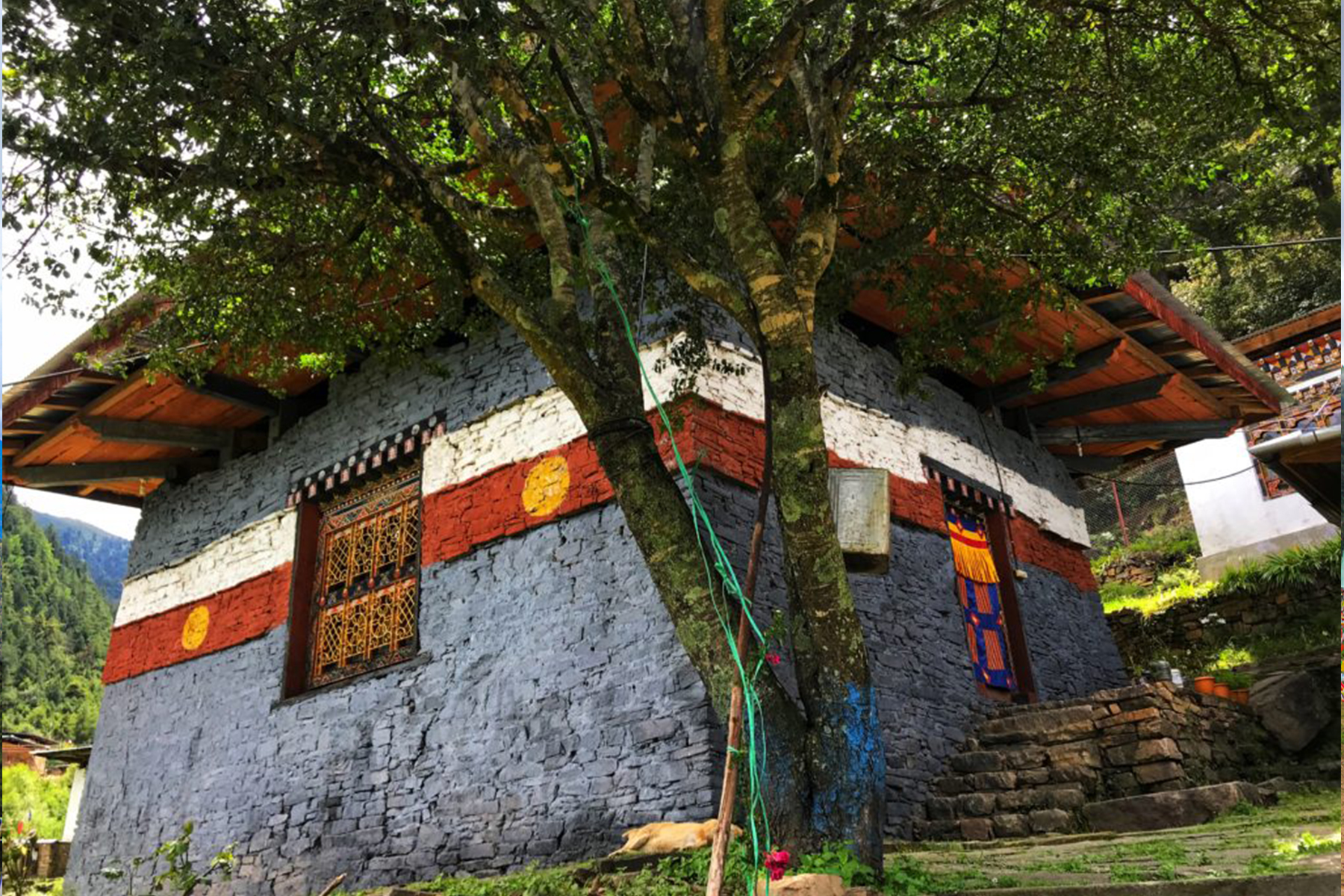Haa Dzong
Located in: Haa
History & Overview
Wangchulo Dzong, built in 1915, stands as one of Haa Valley’s most striking landmarks. Constructed to replace an older, smaller fortress, this imposing square-shaped dzong features classic Bhutanese architecture—including battered (inward-sloping) walls that lend it both grandeur and structural resilience
Chelela Pass
Located in: Haa
History & Overview
At 3,810 meters, Chele La stands as one of Bhutan's highest and most spectacular motorable passes, connecting Paro and Haa valleys through a breathtaking 35km drive. This alpine wonderland takes travelers through ever-changing forests of blue pine, spruce and golden larch before emerging above treeline to reveal panoramic views of sacred Himalayan giants - including Mount Jomolhari (7,314m) and Jichu Drake (6,794m)
Lhakhang Karpo
Located in: Haa
History & Overview
Lhakhang Karpo was established in the 7th century by Tibetan king Songtsen Gempo in his mission to build 108 monasteries in one day. He built Lhakhang Karpo and Lhakhang Nagpo in the Haa Valley. According to a legend, a black and white pigeon were released to select sites to build the temples. These two temples stand as the guardian sentinels keeping watch at the south entrance of the valley. The white pigeon landed on the foothills of the three towering mountains worshipped as Rigsum Gonpo and is where the Lhakhang stands today. The temple was named Karpo (white) as it was built on the site where the white pigeon landed.
Lhakhang Nagpo
Located in: Haa
History & Overview
The monastery was established in the 7th century by King Songtsen Gampo in his mission to build 108 monasteries in one day. It is situated towards the north of Lhakhang Karpo. Legend has it that King Songtsen Gampo released a black and a white pigeon to select sites to build the temples. The black pigeon landed a little north of the white pigeon, indicating the preordained site of the present Lhakhang Nagpo. The temple was named Nagpo (black) as it was built on the site where the black pigeon landed. Built on a lake; an opening in the floor of the temple serves as the channel to the underground lake. Lhakhang Nagpo serves as the seat for the guardian deity Da Do Chen. The principal relic of the monastery is the Choe-Lung-truel Sum.






